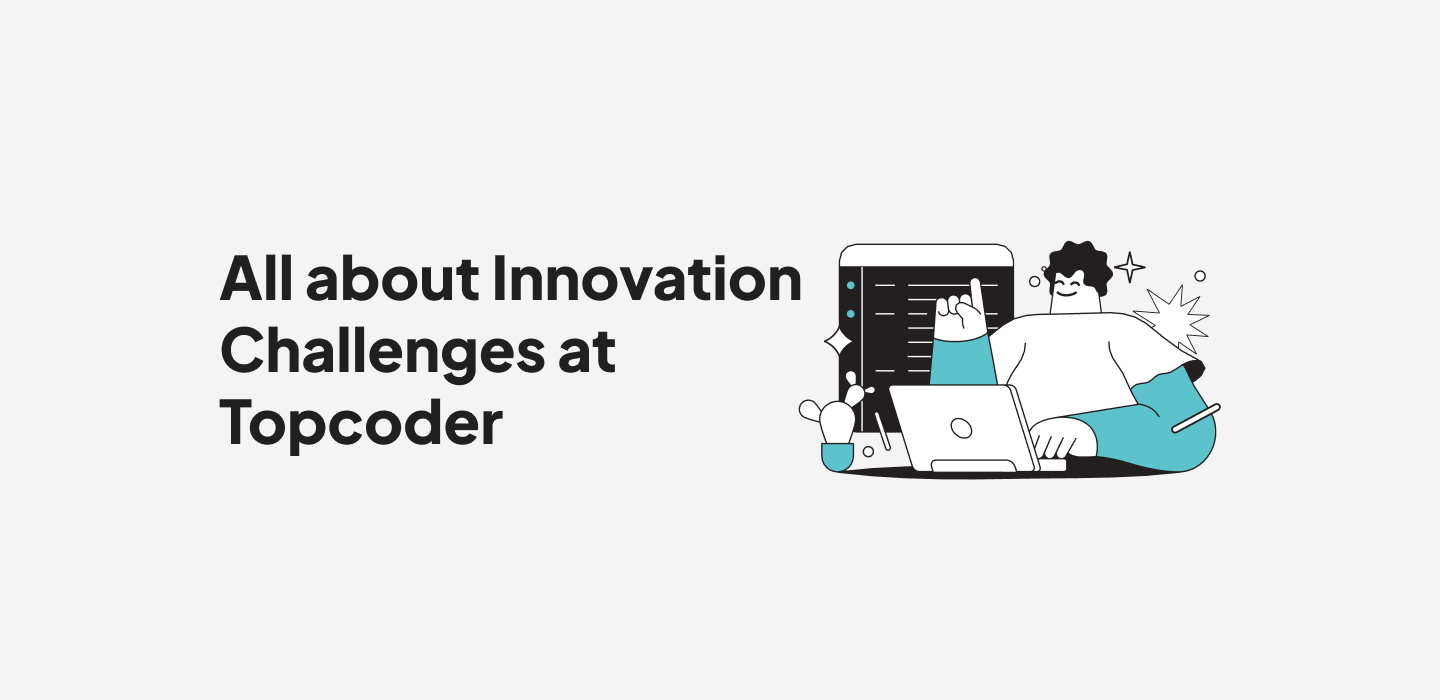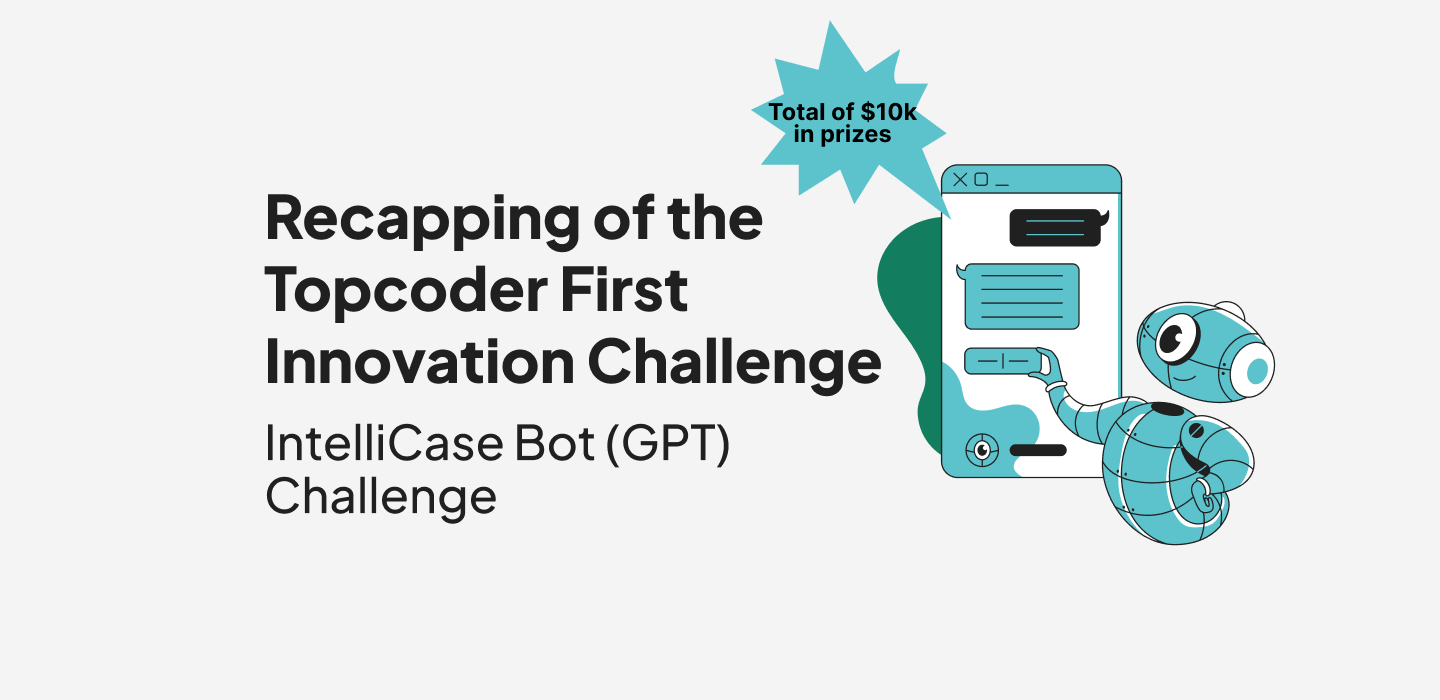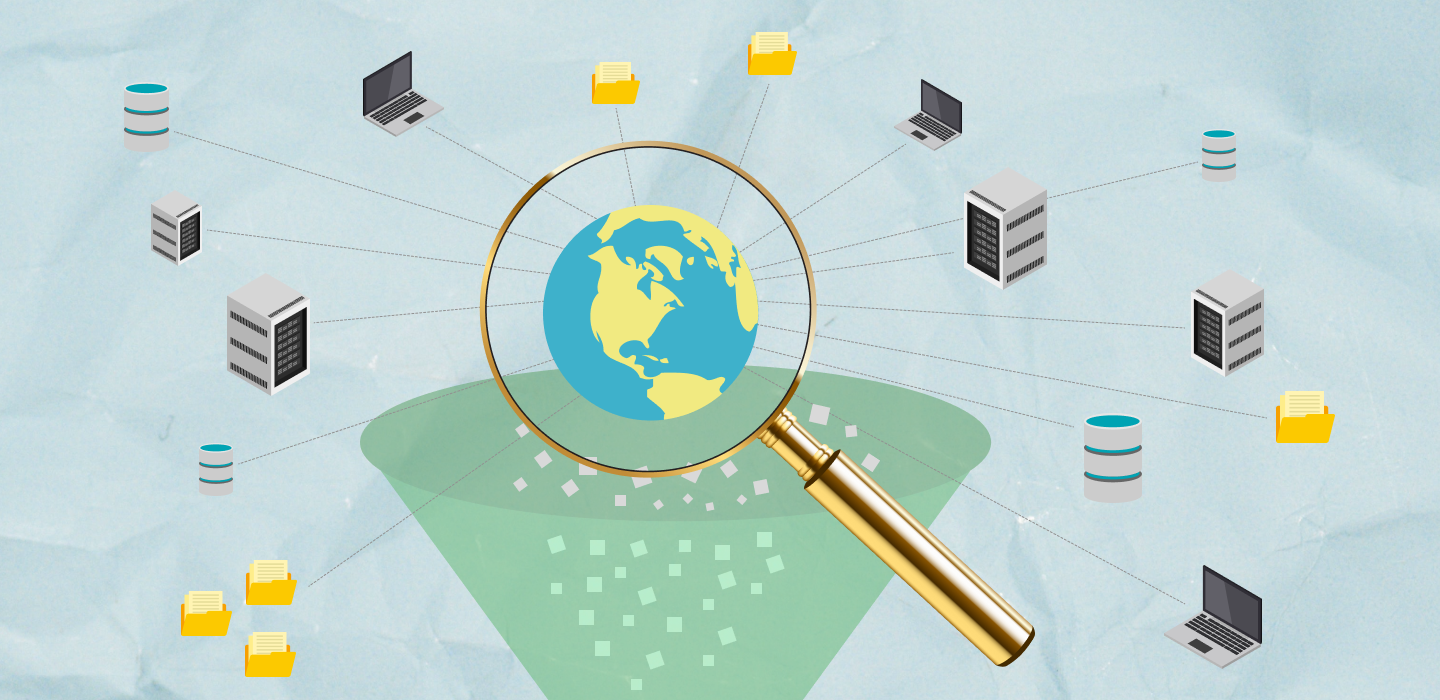March 29, 2016 Revolutionizing Innovation with Communities and Open Innovation
“You say you want a revolution. Well, you know… we all want to change the world.” – John Lennon
Crowdsourcing. Open innovation. User communities. These ideas and methods, are no longer new to the enterprise. The word crowdsourcing first appeared in a wired.com article in 2006. The Topcoder Community began in 2001. The inaugural XPRIZE, that is credited with the birth of the commercial space race, was introduced to the world in 1996 by futurist Peter Diamandis.
Those who study the history of crowdsourcing and prize-based competitions would be quick to point out that even the famed Spirit of St. Louis flight, piloted by Charles Lindbergh happened because of an open, prize-based competition. Even Napoleon used an open competition to help solve the hunger pangs of his troops marching across Europe, by issuing a handsome reward to anyone who could provide a cheap and effective method for preserving large amounts of food. This open call delivered to the world the invention of canned goods.
No, the ideas of using crowdsourcing, user communities, and open innovation, they are not new. Yet, most are not looking to open innovation and user communities as a way to revolutionize how they approach innovation and speed-up execution for their organization. Not just for a one-off low risk project, but rather how an organization fundamentally shifts their approach and adopts an open innovation, user community, first methodology. For most, this leap has yet to occur. With that said there is a new book that provides a comprehensive approach, backed by empirical data gathered during years of research, to understanding, purposeful experimentation, and adopting open innovation, at-scale for the organization.
The book – Revolutionizing Innovation: Users, Communities, and Open Innovation is a volume that collects the latest research, edited by Professors Dietmar Harhoff and Karim Lakhani, two of the world’s most respected scholars focused on how and why innovation succeeds or fails. Some of you may recognize Professor Lakhani as the Principal Investigator of the NASA Tournament Lab | Crowd Innovation Lab at Harvard’s Institute for Quantitative Social Science and Harvard Business School. Professor Lakhani not only studies crowdsourcing but has also helped organizations like NASA, Harvard Medical School, Scripps Research Institute, and Pfizer to design and execute crowdsourcing challenges.
To support the book, Professor Lakhani even ran a design challenge on Topcoder to create the cover art.

An excerpt from the book nicely details what is canvassed in Revolutionizing Innovation:
“The contributors offer both theoretical and empirical perspectives from such diverse fields as economics, the history of science and technology, law, management, and policy. The empirical contexts for their studies range from household goods to financial services. After discussing the fundamentals of user innovation, the contributors cover communities and innovation; legal aspects of user and community innovation; new roles for user innovators; user interactions with firms; and user innovation in practice, describing experiments, toolkits, and crowdsourcing, and crowdfunding.”
This book is not a Seth Godin blog post. It is, with great purpose, thorough, studied, and calculated in how it bridges and builds upon topics ranging from the fundamentals of user innovation, to managing communities and contests for the purpose of innovation, to the impacts recorded when individuals are free to tinker within self-selected projects of passion, and well beyond.
Another excerpt provides a higher-level glimpse into this well rounded collection:
“The last two decades have witnessed an extraordinary growth of new models of managing and organizing the innovation process that emphasizes users over producers. Large parts of the knowledge economy now routinely rely on users, communities, and open innovation approaches to solve important technological and organizational problems. This volume provides a comprehensive and multidisciplinary view of the field of user and open innovation, reflecting advances in the field over the last several decades.”
So, who needs to read this book? Three different types of leaders that have the desire and vision to grow their use and experimentation with open innovation for their organization.
- If you are currently doing zero work through open communities, this book can be extremely useful in helping you understand why business transformations are taking place and the increasing role open innovation and user communities are playing. The book is also full of lessons learned through rigorous experimentation paired with toolkits and recommendations that can help you start smarter, and scale faster.
- If you are already doing moderate work through external crowds or user communities, this book can act as your intellectual sherpa as you scale your efforts to bigger and bolder projects, with more frequency. Understanding the psychologies at play and how to benefit from user communities at scale can help you transform how you approach innovation.
- And finally, if you are already doing extensive work in open innovation, this book can be the catalyst that helps you and your team revolutionize your innovation practices, morphing from an organization that uses open innovation frequently and successfully, to a team that evaluates all problems and projects first and foremost through the prism of; what is the best way to use open innovation to solve this problem.
For those truly looking to understand, master, and revolutionize their approach to innovation through ‘open’ means, this book is now a must read.
“You say you got a real solution. Well, you know… We’d all love to see the plan.” – John Lennon


